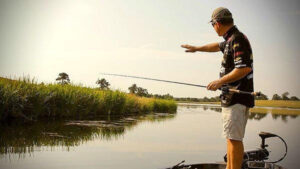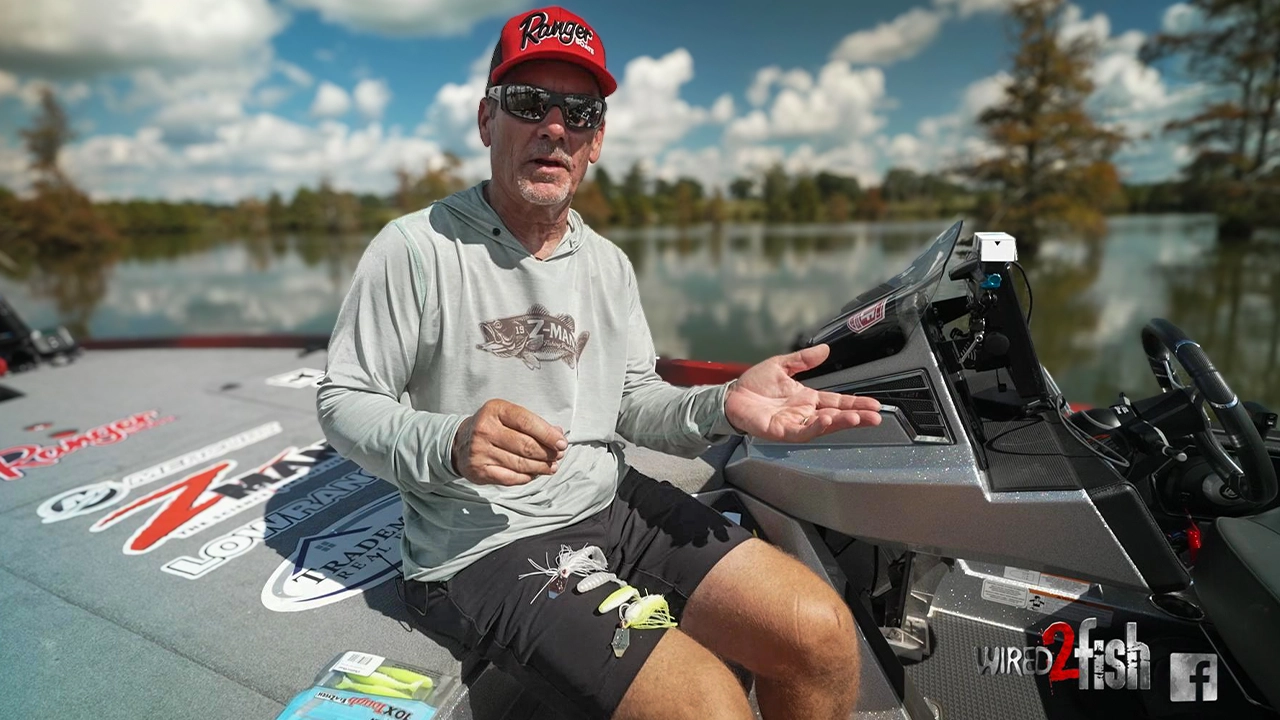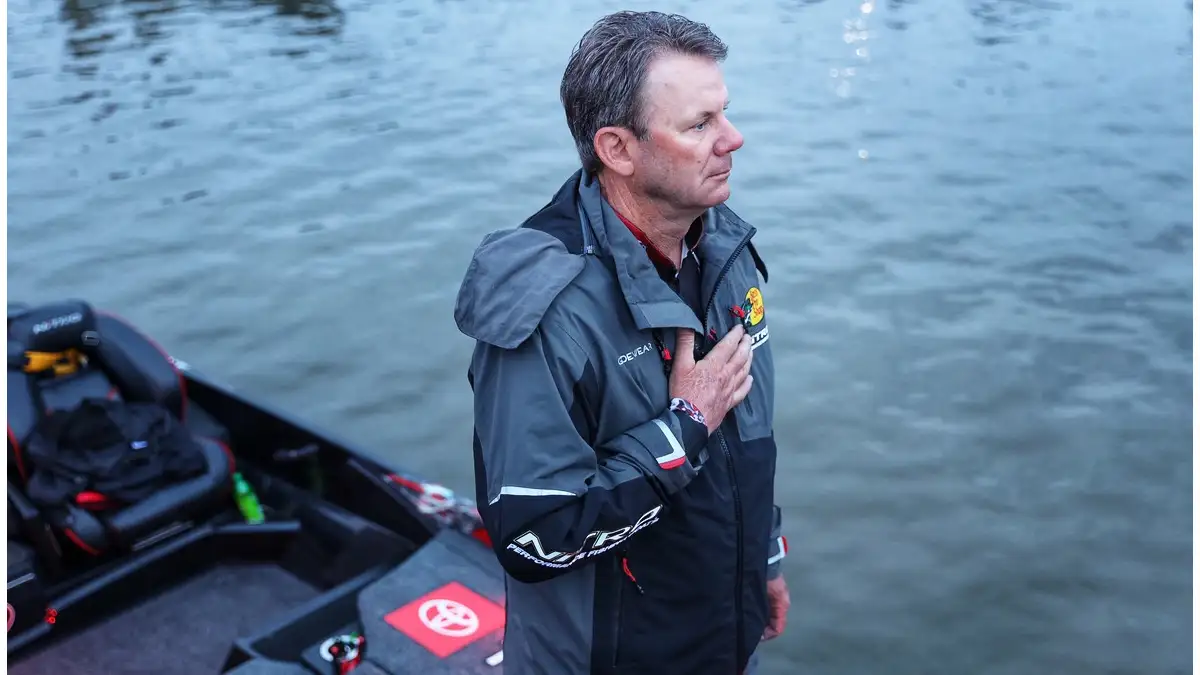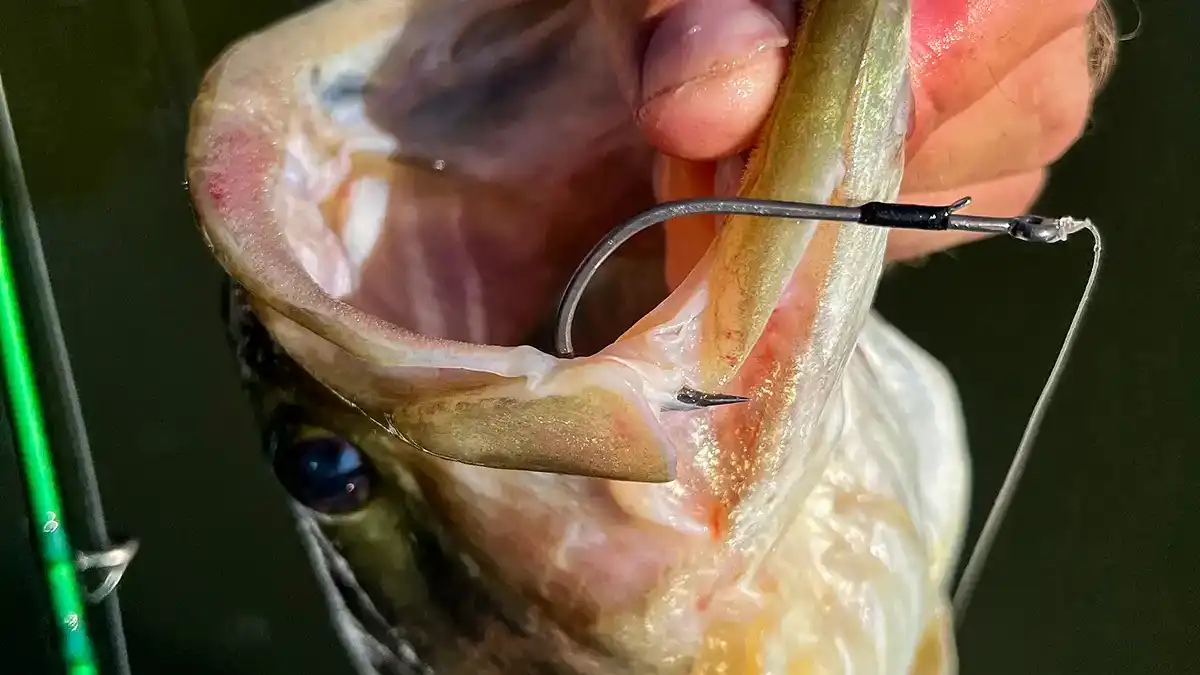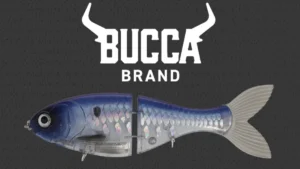Paying close attention to bass fishing details is often what separates good anglers from great anglers. You can have a nice boat and all the high-quality gear money can buy, but developing an ability to notice and take advantage of small, seemingly menial details will give you a definite upper hand on both the bass and other anglers.
We’ve all been there at some point in time—the fishing was great a few days ago, but now the bass just won’t cooperate. You’re using the same bait that has been whacking ‘em all week long, the conditions haven’t changed and you’re fishing your best spots. So what in the world happened? The answer is often found in the details.
Surface disturbance
When you’re in the zone and super-concentrated, it’s easy to become totally oblivious to your surroundings. Now, it doesn’t exactly take the mental fortitude of a rocket scientist to notice bass busting bait on the water’s surface. I’m not really talking about that. What I am referring to, however, is the small surface disturbances many of us tend to overlook throughout an ordinary fishing day.
- Popping— Whenever you’re fishing in shallow water, especially in the late-spring months, make an effort to listen for any “popping†noises in the area. This is usually indicative of bluegill feeding near the surface, which can be an excellent sign for bass anglers. Whenever small panfish are in the area, big bass are often nearby. Look for nearby cover such as docks, grass lines or stumps and break out your bluegill-colored squarebills and jigs. It’s not uncommon to find some true giants in these areas, so make sure you’re using at least 14-pound fluorocarbon for cranking and 20-pound fluorocarbon for flipping and pitching.
- Slurping—If you hear “slurping†sounds when fishing around shallow vegetation, you may want to consider relocating to a new area. A lot of folks think it’s bass feeding on the surface, but it’s usually carp. More times than not, when carp infiltrate a grass bed, nearby bass will scatter and find new places to hide. Whether it’s the commotion or the muddied-up water the bass dislike, we’ll never really know, but in my experience it’s hard to catch bass in a carp-filled grass bed. Look for nearby vegetation and you’ll often find much better fishing.
- Slapping—Small, quiet “slaps†on the surface are a good sign when bass fishing, especially during the post-spawn period. These disturbances are often dead giveaways to nearby crappie activity. Crappie love to congregate above and around deep brush in the warmer months, so it’s always worth casting a light Texas rig or jig to these areas. Drag ‘em along the bottom slowly and you’ll be surprised by how many hidden brush piles you can find this way. Even if you don’t get any bites, mark the brush pile on your map and fish it throughout the late spring and early summer. These are great hangouts for big bass.
Bait activity
If you can find the groceries—otherwise known as bait—your chances of finding sizeable groups of bass will skyrocket. Keeping your head on a swivel and constantly dissecting your surroundings will allow you to notice bait activity other anglers frequently miss.
- Flickering—You’ll rarely see a shad swimming around by itself—it’s possible, but not likely. So whenever you see or hear a small “flicker†on the water’s surface, don’t disregard it. Throughout the day, you may notice the majority of the bait activity occurring in very specific portions of creeks, such as the front-halves or back-halves, which will help you concentrate on more productive areas. Baitfish are largely nomadic and bass are likely to move with them, making it very important to pay close attention each time you’re on the water. Just because they were in an area yesterday doesn’t mean they’ll be there today.
- Ripples in calm water—If you’re fishing in relatively calm water and begin noticing patches of ripples in the area, it’s usually a sign of baitfish activity. Keep a close eye on the ripples and if you see sporadic flickers or even boils on the surface, kick your trolling motor into high gear and cast your favorite topwater or soft jerkbait past the bait and work it through the area. Sometimes you’ll catch stripers and sometimes you’ll catch two-pounders, but every now and then you can catch a school of three and four-pounders off-guard, which can turn your day around in a hurry. This is a great way to get some bonus bites throughout the day.
- Schools of bait—This doesn’t take much practice, but it’s definitely worth mentioning. In clear water situations, it’s not uncommon to run across balls of bait on the surface. You don’t have to listen for flickers or watch for ripples because you’ll see ‘em plain as day. It’s tempting to disregard these big pods if you don’t see bass busting the surface, but it’s always worth a few casts. Bass will often cruise underneath the schools, so if you can get your lure below the bait, you can get some really nice bites.
Cloud cover
Cloud cover and light penetration play a big role in bass fishing, especially when selecting the most effective lure colors. Every cast matters, especially for tournament anglers, so knowing when to use what color pays big dividends.
- Sunny—This is when you’ll want to make casts with more translucent-colored hard baits and light green-colored soft plastics. The more natural your lure looks, the better chance you have of catching bass. Bass also tend to position tighter to cover under high skies and will chase forage less aggressively, so you may need to slow your presentation and make more precise, deliberate casts to nearby cover.
- Cloudy—Bass are more prone to chasing forage in cloudy conditions, so this is when faster presentations tend to produce. Due to a decrease in light penetration, try using more opaque colors in both your hard lures and soft plastics to give the bass a better bead on your offering.
Birds
Learning to read bird behavior can lead to great bass fishing. If birds don’t catch fish, they don’t eat—so I have no problem putting a lot of trust into bird activity throughout the year. The great thing about it is, the bass will show themselves quickly in these situations, allowing you to cover water quickly and efficiently. If I don’t get a bite within the first 10 to 15 casts, I’m moving on to new water.
- Seagulls—Diving seagulls are a telltale sign of heavy feeding activity. Bait balls will get pushed to the surface as game fish feed from below, which is a virtual dinner bell for seagulls. If you’re pulling into a pocket to fish a predetermined area and see white birds diving towards the water, make a few casts with a topwater, a hard jerkbait or a soft jerkbait. Several professional anglers have won big tournaments using this tactic.
- Herons—Herons are the tall, pterodactyl-looking birds you’ve probably seen lurking around on seawalls, grass beds and windy banks. They’re experts at finding shallow baitfish, so when you see ‘em in an area, they’re there for a reason. Their presence can clue you in to bait location quickly without even making a cast.
- Crows—Yep, you read that correctly. Crows love a good meal of mayflies in the late spring and early summer, so look for the ugly black birds running around near overhanging bushes and limbs. The bluegill come up to feast on fallen mayflies, creating a five-star buffet for big bass. Take out your dark green topwater frogs, bluegill-colored wakebaits and stick worms and hang on.
Wind
Many anglers avoid the wind like the plague. It definitely makes it more difficult to cast and keep constant contact with your bait, but it actually offers several advantages. If you can learn to adapt to changes in the wind, you’ll have an easier time catching bass.
- Increase in wind—I’m not a huge believer that wind actually makes the bass vacate certain areas. I think you can catch them in the same areas you would when it’s calm, but changing your presentation is indispensable. Fast-moving, reaction lures shine in windy conditions because the disturbance breaks up their profiles and makes them more realistic to bass. It can also be pretty tough to pitch and flip in windy conditions, so try rigging up your favorite crankbait or jerkbait when you notice the wind picking up.
- Decrease in wind—If the wind stops blowing and things become calm, slowing your approach can result in some extra bites. Slowly drag a Texas or Carolina rig in the areas that were productive in windy conditions to fool wary bass. Calm waters call for natural, slow presentations, so before you change locations, try altering your technique.
Shade lines
It’s a very common occurrence that frustrates everyone at some point—you caught a bunch of nice bass on a specific bank yesterday evening, but you couldn’t replicate your success this morning. Instead of getting frustrated and derailing your strategy, consider how the sun’s angle changes throughout the day.
- Morning—It can be pretty tough catching bass in direct sunlight. It’s not at all impossible, but your chances can increase when targeting shady areas instead. East banks are great places to target throughout the morning, as they will have a prominent shade line. Big expanses of shade have a tendency to scatter the bass and make them more difficult to catch, so look for shorelines with a 4 to 6-foot wide strip of shade help your chances.
- Late afternoon—As the sun rotates over the course of the day, your shade angles will change. West banks are generally more productive in the late afternoons and evenings because they’ll provide more ambush points for bass.
Details are important in everything in life and bass fishing is no different. Bill Gates didn’t get rich by being adverse to change and Kevin VanDam didn’t become a world champion by failing to adapt to fluctuating variables. As you take to the water to enjoy this nice spring weather, practice paying attention to the small things. Remember—a single shad flicker can be the difference between a goose egg and a day you’ll always remember.




